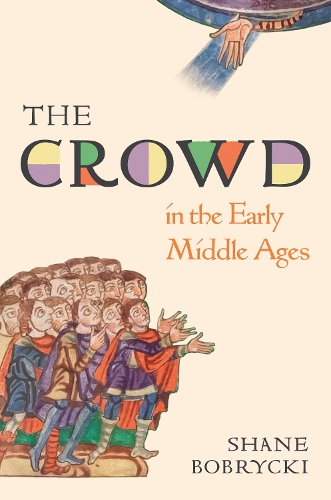
The Crowd in the Early Middle Ages
(Hardback)
Publishing Details
The Crowd in the Early Middle Ages
By (Author) Dr. Shane Bobrycki
Princeton University Press
Princeton University Press
1st April 2025
United States
Classifications
Tertiary Education
Non Fiction
Social and cultural history
Social, group or collective psychology
940.1
Physical Properties
Hardback
336
Width 156mm, Height 235mm
Description
The importance of collective behavior in early medieval Europe
By the fifth and sixth centuries, the bread and circuses and triumphal processions of the Roman Empire gave way to a quieter world. And yet, as Shane Bobrycki argues, the influence and importance of the crowd did not disappear in early medieval Europe. In The Crowd in the Early Middle Ages, Bobrycki shows that although demographic change may have dispersed the urban multitudes of Greco-Roman civilization, collective behavior retained its social importance even when crowds were scarce.
Most historians have seen early medieval Europe as a world without crowds. In fact, Bobrycki argues, early medieval European sources are full of crowdsalthough perhaps not the sort historians have trained themselves to look for. Harvests, markets, festivals, religious rites, and political assemblies were among the gatherings used to regulate resources and demonstrate legitimacy. Indeed, the refusal to assemble or other forms of slantwise assembly, became a weapon of the powerless. Bobrycki investigates what happened when demographic realities shifted, but culture, religion, and politics remained bound by the past. The history of crowds during the five hundred years between the age of circuses and the age of crusades, Bobrycki shows, tells an important storyone of systemic and scalar change in economic and social life and of reorganization in the world of ideas and norms.
Author Bio
Shane Bobrycki is assistant professor of medieval history at the University of Vienna.
